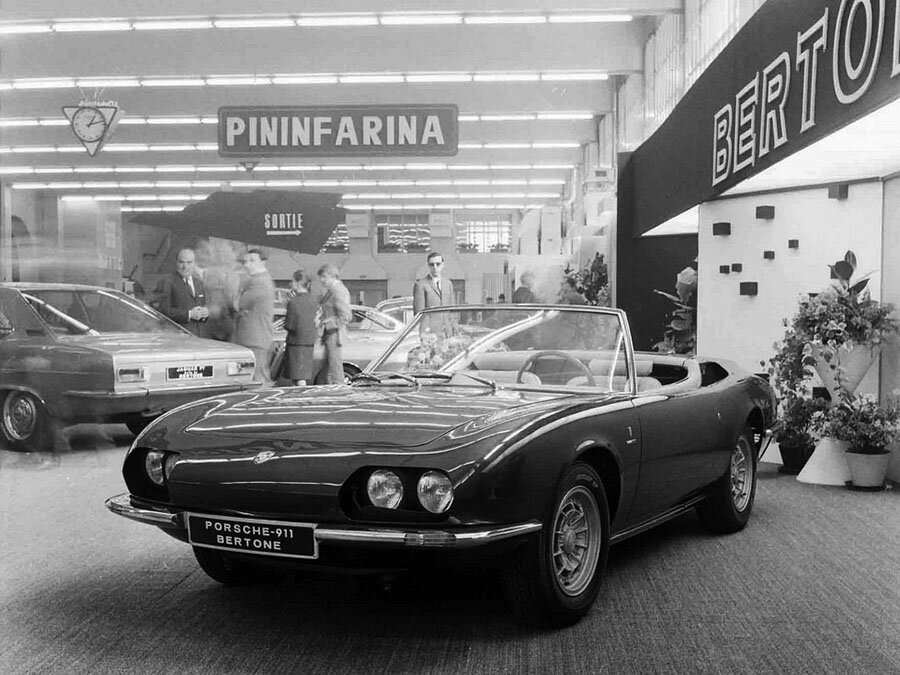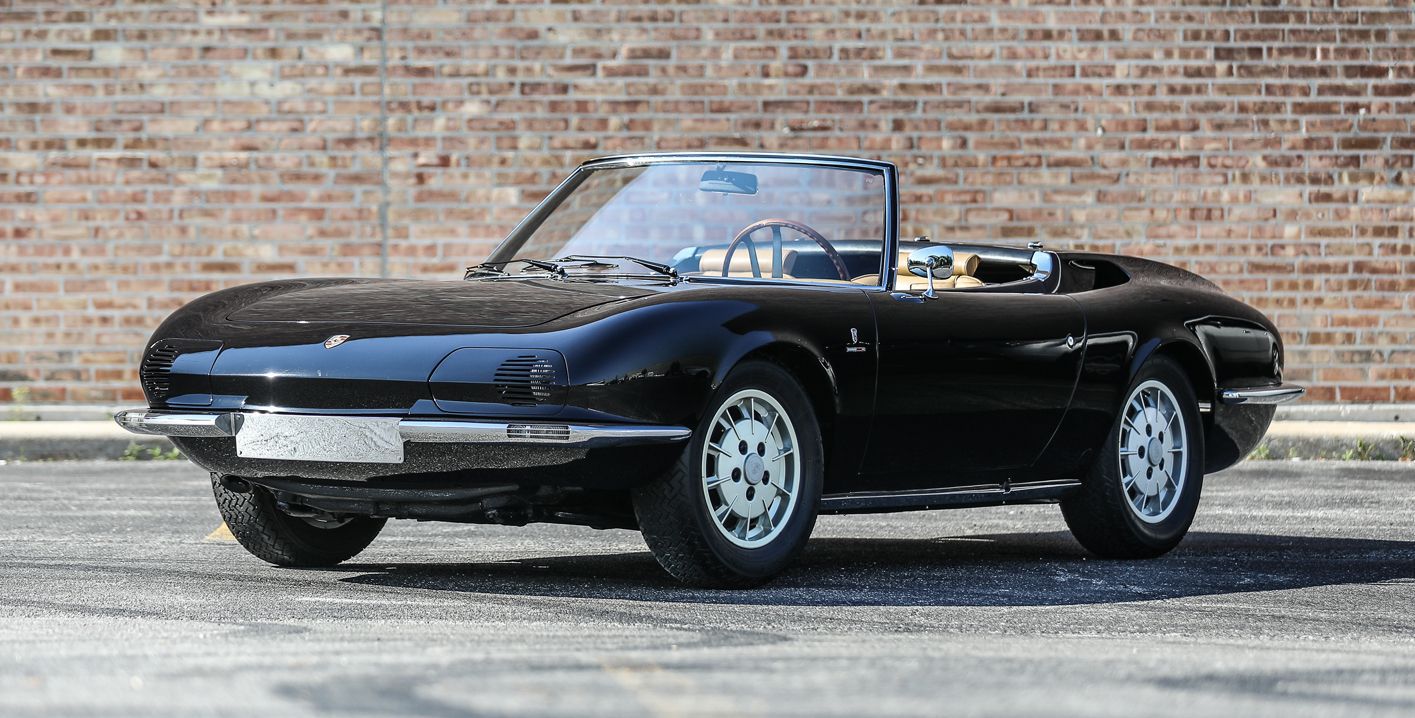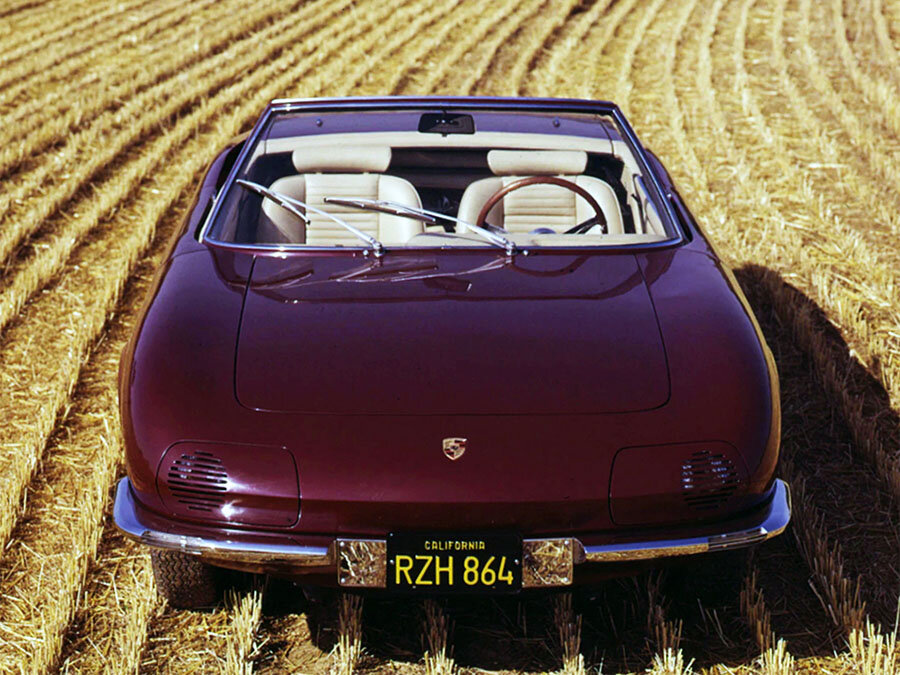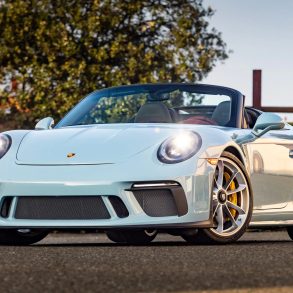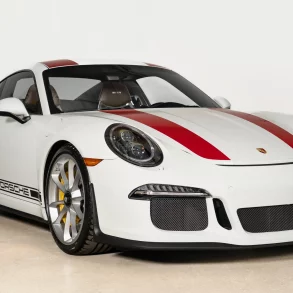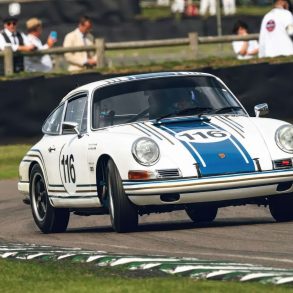1966 Porsche 911 2.0 Bertone Roadster – Ultimate Guide
Southern California Porsche dealer Johnny von Neumann knew what his customers wanted, and a Targa top Targa 911 wasn’t it. With Porsche’s approval, he hired designer Nuccio Bertone to create a one-off 1966 Porsche 911 Spyder, in hopes of launching low-volume production. Just one example was constructed, and at Gooding’s Pebble Beach sale the only Bertone-designed Porsche ever built crosses the auction stage, changing hands for the first time in a quarter-century.
Though North American importer Max Hoffman took credit for Porsche’s 356 Speedster, its design was reportedly based on feedback from von Neumann and his customers. As author Randy Leffingwell stated in The Complete Book of Porsche 911 – Every Model Since 1964, buyers in Southern California wanted a “boulevard racecar” as much about styling as it was about performance, and von Neumann gave this insight to Hoffman. Hoffmann, in turn, told Porsche to build a car that could be driven throughout the week, then to the track on Sunday, and with a minimal amount of effort, be converted into a competent club racer.
The resulting 356 Speedster proved wildly successful, with much of Hoffman’s imported inventory allocated to von Neumann’s dealership. The arrival of the Porsche 911 (followed by the four-cylinder 912) signaled the end of the 356, creating a gap in the German automaker’s product line. Hoffman’s New York customers may not have been clamoring for an open-air 911, but in temperate Southern California, von Neumann’s buyers began asking for a 911 roadster almost immediately.
For Porsche in Zuffenhausen, this created a problem. The 911 wasn’t designed as a convertible, and losing its top would create an unacceptable amount of chassis flex for a car with sporting intentions. From a design perspective, there was simply no place to put the folded top, which meant it would rest atop the engine and above the body, like the Volkswagen Beetle cabriolet. To Porsche, this, too, was unacceptable for a sports car.
To get around these problems, Porsche opted to develop a removable roof panel and rear window, creating the 1966 Targa. The idea was discussed with dealers in the fall of 1965, but von Neumann believed such a model would be a hard sell to his customers. Instead, he bypassed Hoffman and approached Porsche directly, perhaps emboldened by the number of 356 cabriolets he’d moved through his showroom.
Ferry Porsche and his head of sales, Harald Wagner, were at least receptive to the idea, agreeing to meet with von Neumann in Zuffenhausen. From the onset, they obsessed about the car’s likely price, declaring that it would need to sell for more than $7,000 at a time when a 911 coupe carried a sticker price of around $6,400. Furthermore, the Germans weren’t enthusiastic about the idea of an Italian-designed Porsche, and Ferry Porsche expressed personal concern about such a vehicle carrying his family’s name. It was agreed that Bertone would produce a single concept, but that Porsche would ultimately have the final say on whether the car was produced.
The Bertone 911 Spyder design looked nothing like the car on which it was based, though few argued about its visual appeal. To achieve such a low cowl height, Bertone relocated the instruments to the center console, and, perhaps in a nod to the 356 Speedster, eliminated the rear seat. Like the 1966 911, the Bertone Spyder incorporated a 2.0-liter, double overhead-camshaft, horizontally opposed six-cylinder engine positioned behind the rear axle and rated at 130 horsepower and 128 pound-feet of torque (though later the car would receive a 2.0-liter 911S engine, rated at 160 hp and 132 lb.-ft. of torque).
The Spyder debuted in the Bertone stand at the 1966 Geneva Motor Show, where prospective buyers were advised the projected cost would be less than $8,000. Meanwhile, Porsche debuted the 911 Targa in its own booth, and the car hit U.S. shores with a sticker price of $6,170, coming in $320 less than the 911 coupe. Had the Bertone Spyder been approved for production, an $8,000 price tag would have made it nearly 30-percent more expensive than the Targa, presenting a tough obstacle to overcome, even in Southern California.





